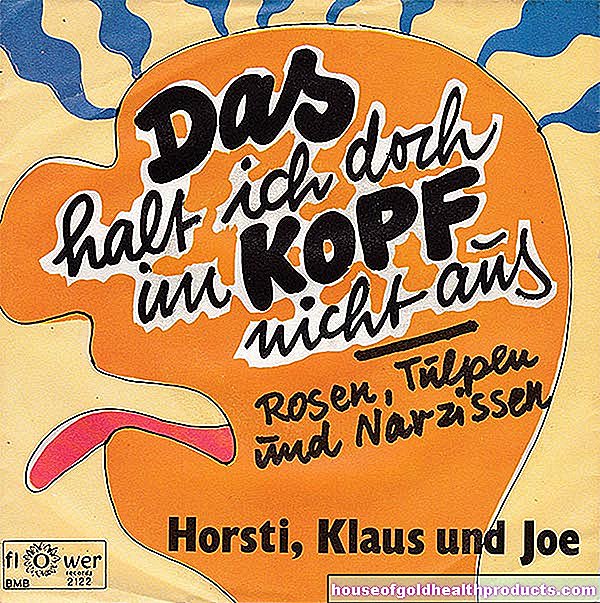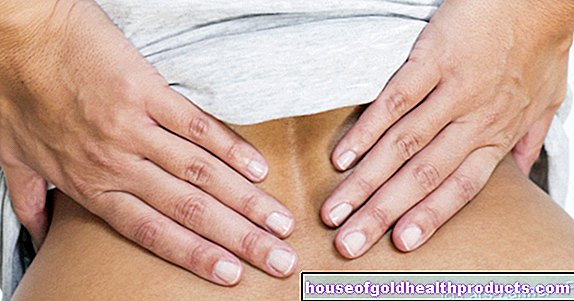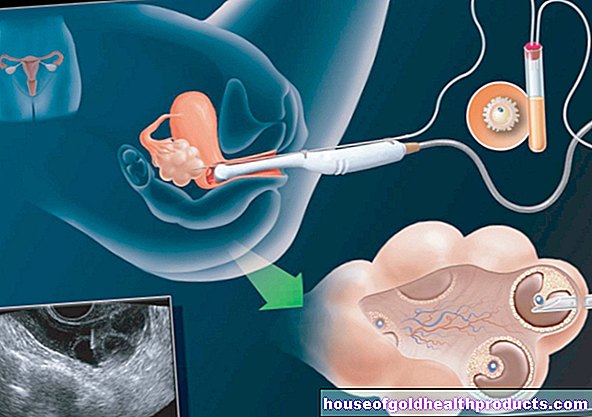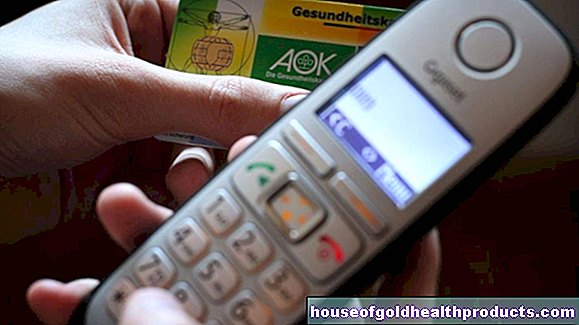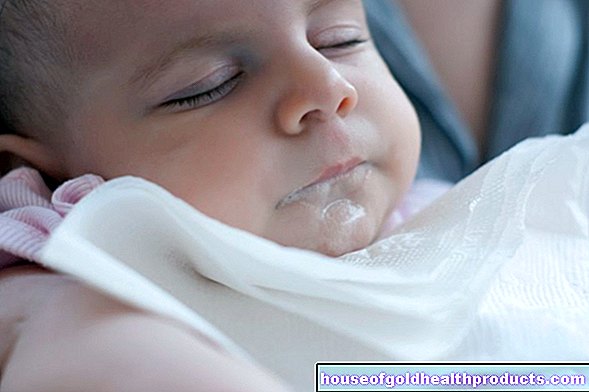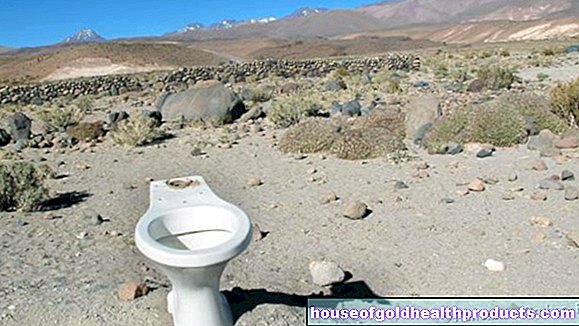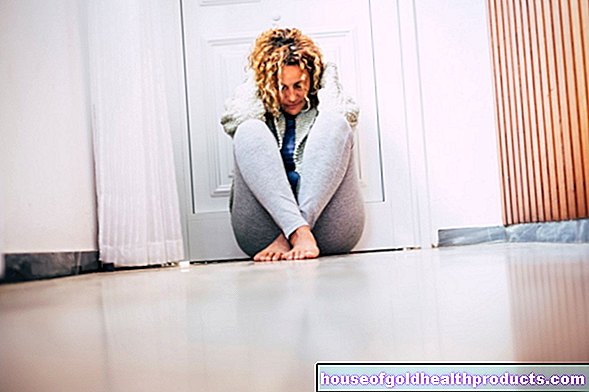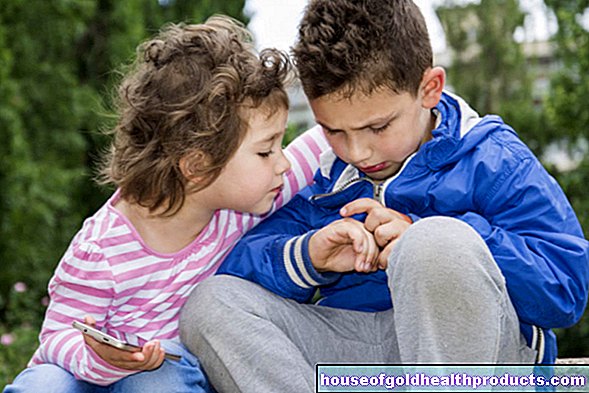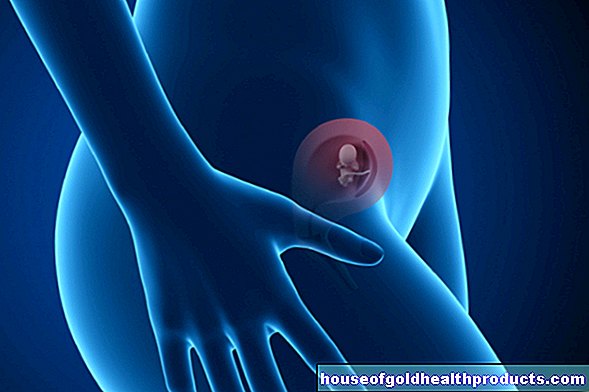Motorical development
Updated onNicole Wendler holds a PhD in biology in the field of oncology and immunology. As a medical editor, author and proofreader, she works for various publishers, for whom she presents complex and extensive medical issues in a simple, concise and logical manner.
More about the experts All content is checked by medical journalists.The baby's motor development begins in the womb. But it is a long way from the first reflexes to independent running and skillful handling of objects. Find out here which important milestones in motor development your baby reaches at what point in time and how you can promote its gross and fine motor skills.

Motor development - a finely tuned system
Grasping, running, clapping your hands: what you have learned in the course of motor development feels child's play. But motor activities require a precisely coordinated interaction of many different muscles. These must be correctly controlled via the nerves. For this, in turn, different areas of the central nervous system (CNS) are responsible and feedback from various sensory organs is necessary - and all of this within a few milliseconds!
First movement in the womb
A child's motor development begins long before birth. Spontaneous movements can be observed from the 10th week of pregnancy. The first twitches go unnoticed for a long time, because at the beginning the movements are too weak and there is still enough space in the stomach.
Around the 5th month of pregnancy, the new roommate makes himself known for the first time, albeit still very timidly. With each passing month, however, the living space in Mama's tummy becomes narrower and the movements become stronger, so that they can then also be seen or felt from the outside.
Movement is important for mental development
The training continues after the birth: grasping, crawling, sitting, standing and running. But motor development is much more than that. Motor skills are needed so that babies can have important sensual and physical experiences: without eye or mouth movement, they cannot see, speak or laugh.
This means that motor development is also immensely important for social interaction and is also closely linked to mental abilities. And with every newly learned physical ability, the little person's independence grows!
Reflexes ensure survival
Reflexes are innate involuntary reactions triggered by a certain stimulus. They are the same for everyone. Babies innate reflexes ensure their survival.
Some of these reflexes decrease with age. An example of this is the sucking reflex. When you touch your baby's lips with your finger, they will start sucking on the finger. This reflex ensures food intake in the first few months of life. Over time, this reflex will go away because it becomes unnecessary.
In addition to the searching, sucking and swallowing reflexes, which enable drinking from the breast or the bottle, there are numerous reflexes that accompany motor development in the first two years. This includes:
- Grasping reflex: When the palms of the hands are touched, the baby closes his hand into a fist and grabs it.
- Walking reflex: If you hold the child under the armpits and place the soles of their feet on the floor, they will automatically make walking movements.
- Clamp reflex (Moro reflex): It is a survival reflex that is triggered by sudden vibrations, abrupt changes in head position, loud noises or bright lights. The baby jerks its arms out to the side and spreads its fingers. Then it slowly brings the arms together over the chest.
- Neck reflex: The so-called asymmetrical tonic neck reflex consists in stretching the limbs in the direction of gaze. If you turn the baby's head to one side, the child will reflexively stretch one arm in the direction in which she is looking and bend the other.
Like the sucking reflex, these reflexes also disappear over time. Other reflexes, on the other hand, remain lifelong. This includes, for example, the automatic squinting of the eyes when a bright light source hits them.
In the U-examinations, the pediatrician checks the child's reflexes and motor development steps. In this way, he can discover any abnormalities and delays and get to the bottom of them.
Gross and fine motor skills
Motor skills are divided into gross and fine motor skills. The gross motor skills concern body motor skills and locomotion, i.e. large-scale movements of the whole body. Fine motor skills include the small movements of the hands and feet.
Important gross and fine motor skills that a child constantly improves in the first few years of life are:
- Body control: holding the head, rolling onto the stomach, straightening up, learning to sit
- Locomotive skills: sealing, crawling, learning to walk
- Sports motor skills: running, climbing stairs, climbing, jumping, catching, throwing
- Hand-mouth coordination: grasping, holding, letting go, bringing objects to your mouth, eating
- Hand and finger dexterity: tweezer grip, tool use, drawing and painting
Motor development - table: What happens when?
Immediately after the birth, arms and legs are in motion. With each passing month, the baby's motor development progresses and it develops new skills. Motor development phases can be clearly identified. This is shown in the table below. Please note, however, that the monthly information is only a rough guide. The older the child gets, the greater the deviations. So don't let yourself be driven crazy if the child of the same age, unlike your offspring, is already walking. A few weeks delay is still perfectly normal.
Motor development table: First year
|
age |
Gross motor skills |
Fine motor skills |
|
1 month |
Reflex being, lifts the head slightly in the prone position |
Hands usually clenched into fists |
|
2 months |
Babies kick their arms and legs, raise their heads briefly in the prone position |
Hands open when touching the back of the hand, bringing the hands together by chance, following an object / person with eyes up to 180 degrees |
|
3 month |
Babies can hold their head in their arms or their head up to 90 degrees in the prone position and can support themselves on their arms if necessary, muscle training by strenuous kicking |
Bring your hands together above your head in the supine position, finger movements, individual fingers land in the mouth |
|
4 month |
Babies push legs through when there is resistance, head holding in prone position is better, tries to turn himself for the first time |
Development of hand-mouth coordination, targeted gripping, bringing objects to the mouth, holding on works, targeted letting go not yet |
|
5th month |
Sit with help, turn on your side for the first time, support your upper body in the prone position |
Targeted gripping perhaps with the first change of hands |
|
6th month |
First turn in the prone position, first attempts to crawl or sit down |
Flat-nosed grip, bottle to mouth, gripping in prone position, change from hand to hand |
|
7th month |
Sitting independently, changing from prone to supine, quadruped and first attempts at crawling, stands with holding on |
Grabs objects with your thumb and forefinger |
|
8 months |
Quick crawling, free standing or getting up with help, free sitting without support, first attempts to pull up |
Hand games, waving and clapping, knocking two objects (e.g. blocks) against each other |
|
9th month |
Brisk crawling, safe, free sitting, first attempts to stand, first climbing along furniture or objects, first attempts at climbing |
Tweezer grip, turning thick baby book pages |
|
10th month |
Getting up and standing with help, hanging around on furniture or objects, possibly first steps without help |
Eating with fingers, drinking from a sippy cup, throwing or dropping things, turning movements, scissor and pincer grips work better and better |
|
11th month |
Standing alone, first free attempts at walking, lateral steps by the hand |
First use of tools, eating with a spoon begins |
|
12th month |
Standing and walking freely, walking sideways, climbing stairs while holding on, first attempts to stoop and straighten up |
Eat with a spoon in your fist grip, throw a ball or stack building blocks |
Gross and fine motor skills: Development in the second year of life
After the first birthday, you continue to practice diligently. Your baby is now increasingly perfecting his fine motor skills and daily use of tools such as toothbrushes, spoons and pens. The tweezers grip, the coordination of thumb and forefinger to pick up tiny things, just keeps getting better.
Fine motor skills and eye-hand coordination improve, especially when drawing and painting. It is normal for two-year-olds to have the pen move from one hand to the other. Handedness (right- or left-handed) should not develop until around the age of five.
The older the child, the more interesting sporting activities such as football or handball, climbing and hopping, and riding a tricycle or balance bike become. In all of these sporting activities, the children train their sense of balance and train their body coordination.
What influences motor development?
Studies were able to identify negative and neutral factors for motor development.
The following factors can negatively affect the baby's motor development:
- low birth weight
- Premature birth
- cerebral seizures
- early childhood brain damage (cerebral palsy)
- low level of education of parents
- mental problems of parents
- unplanned pregnancy
- Problems in the partnership
The following factors do not affect how quickly a child reaches a milestone in motor development:
- gender
- brothers and sisters
- Kind of delivery (caesarean section / normal birth)
- Height and weight at birth
- Transport as a baby (sling / stroller)
- Age of mother
- size of the apartment
- social status
- place of residence
Promoting motor skills: what can parents do?
A good body feeling is important for the rest of life. It is beneficial for a child's motor development when parents or educators motivate the child in various ways to move.
If a child has different play materials to choose from, this stimulates motor development enormously. But that doesn't mean that you have to buy expensive exercise equipment or take special courses for your baby. A balloon or the playground are enough to get your child moving. The natural instinct to discover drives the youngsters on.
Promote gross motor skills
The decisive prerequisites for promoting gross motor skills are sufficient space and the ability to move freely in a safe environment. Let your child walk a lot barefoot or in non-slip socks. This promotes balance and motor skills in children.
Specifically, you can promote your child's gross motor skills with the following games and activities:
- Catching and jumping games
- Trampoline jumping
- Crawl tunnel
- Balance
- climb stairs
- Climb
- Jumping jack
- swim
- Games with balls, balloons and jumping ropes
Improve fine motor skills
Promoting fine motor skills is more successful when the environment for movement is rather limited and the child can concentrate on the matter at hand. Depending on your age, the following activities can promote fine motor skills:
- Paint with pens, brushes, wax crayons or floor chalk
- Thread games with strings and beads
- Matching games and puzzles
- Building blocks
- Hammer game
- Knead
- fold paper
- Playing the mikado
- Weaving (with the loom)
- Finger games
Motor development delayed?
Motor development is part of intellectual development and is always similar in children, but not identically. As with every developmental step, children learn gross and fine motor skills at different speeds. The order of the individual motor phases does not have to be the same for every child. Sometimes individual steps are simply skipped.
These differences can be cultural (for example because certain manners restrict motor skills in children) or because children have a different focus of development. Children with good motor skills usually learn to speak later and linguistically gifted children learn to walk later.
However, there are also physical blockages (for example due to a birth trauma) that can impair a child's motor development. After a thorough medical examination and ruling out serious illnesses, a visit to the osteopath can sometimes work wonders. If the motor development is clearly impaired or seriously delayed, the pediatrician usually recognizes this very quickly on the basis of the corresponding tests in the U-examinations.
What happens during the examinations at the pediatrician? You can read that in the text U-Investigations.
Tags: alternative medicine book tip diet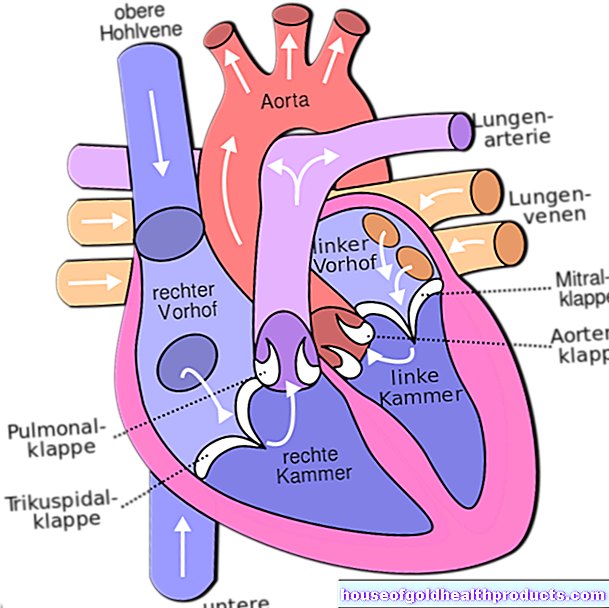


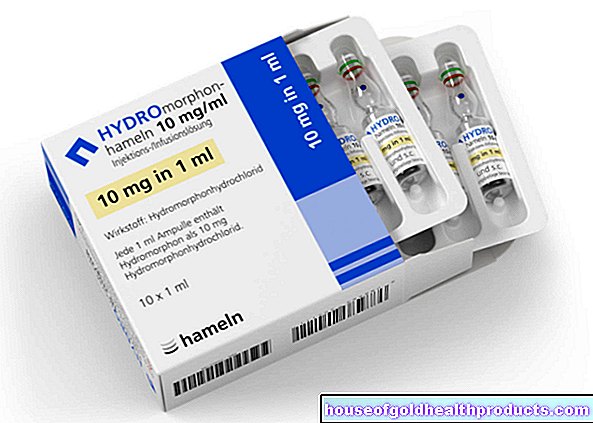
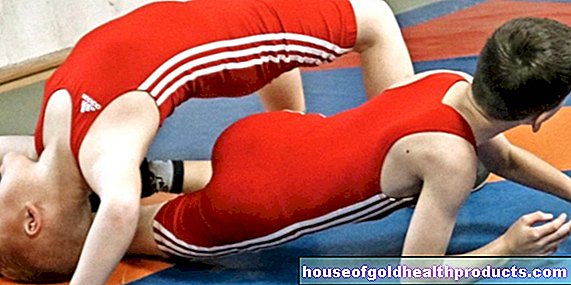
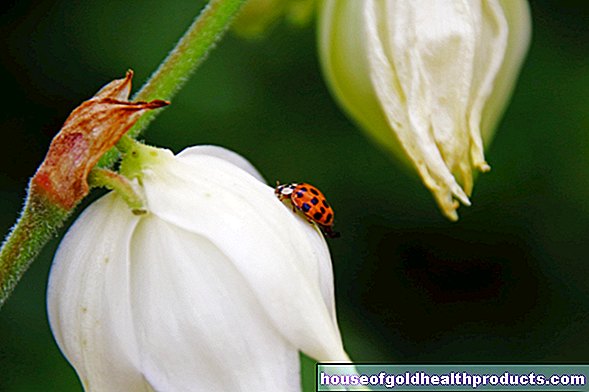

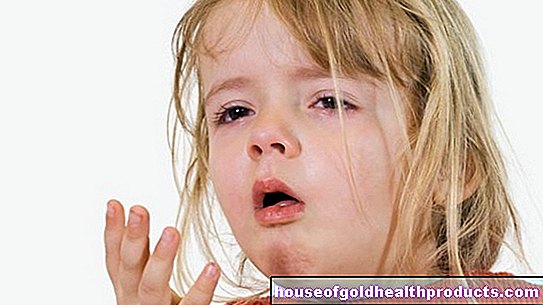


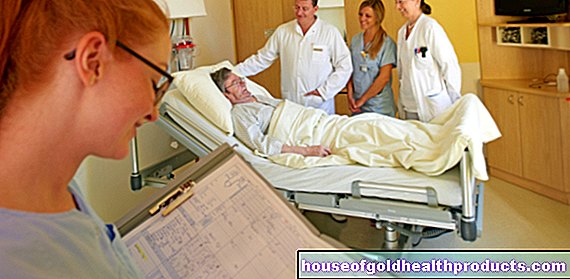
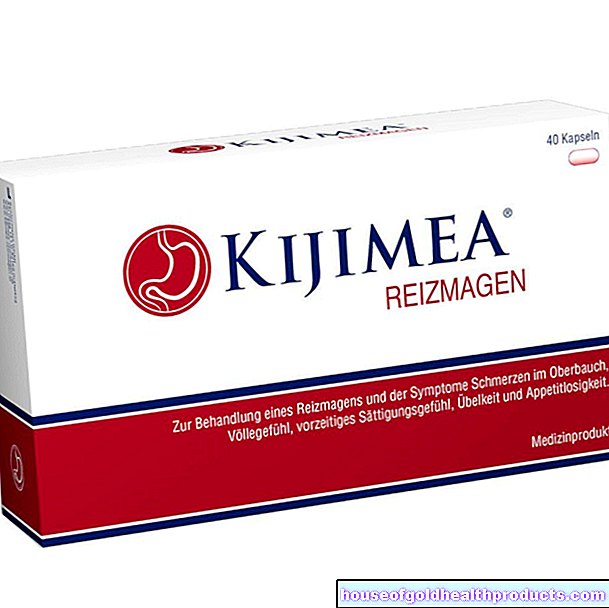

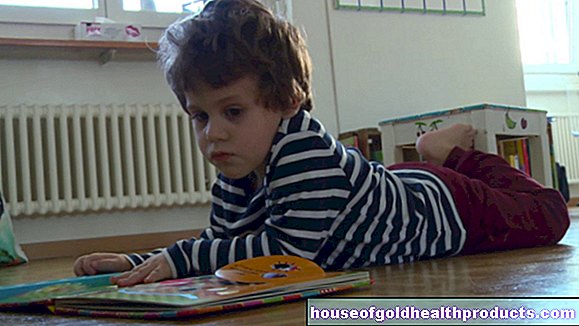

-warten-auf-den-piks-der-freiheit.jpg)
